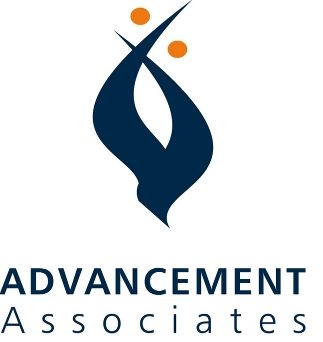Market research. These two words might evoke a variety of responses within an organization. Some might be intimidated by the mere thought (“I don’t know how.”) Others might question the need (“Ya, right?”) or financial wisdom (“I can’t afford it.”) To these folks, the suggestion may sound like one of those consultants trying to drum up some more business. Still others might see the benefits of market research but it gets perpetually lost in the shuffle of other tasks that are more pressing and take priority.
At AAI, when we suggest that every organization regularly conducts market research, we don’t necessarily imply a major scientific study where you hire a consultant, spend six months gathering data and then you get a report and a bill. Although there are times when this is exactly what is needed, many critical insights that will help your organization more effectively and efficiently achieve its mission can be gleaned with NO RESEARCH BUDGET.
The most profitable patrons and most generous constituency members that you will ever have are likely to be the ones that you already have, the ones that are in front of you all the time. Can you afford to lose them? If not, what are you doing to ensure that this doesn’t happen? The simplest, cheapest form of market research is to listen to your customers.
- Have you talked to your customers and/or primary constituency members lately about how you are doing as an organization?
- Do you invite their honest feedback or do you have a “don’t complain to me” mentality?
- When you hear concerns, do you take them seriously and, whenever possible, resolve them?
- If you cannot fix the problem, do you empathize with the person and give good explanations for why things are the way they are?
This is why ongoing communication with these people is important. Research of customers lost by 14 major companies found that only 15% switched because they found a better product/service and another 15% because they found a better price. What happened to the rest? This 70% did not continue to buy from the company because of poor or little attention.
Another study found that only 4% of dissatisfied customers even complain. Between 54% and 70% of unhappy customers that do not complain continue doing business with the firm. But, of the 4% that actually complain, 95% of them are retained, when the organization appropriately responds to the issue.
Listening and responding is excellent market research. Here is a simple plan for listening to your customers/constituency that will not cost you anything.
- Find out who your best customers/constituency members are. Generally, a mere 20% of these people produce approximately 80% of your revenues/gifts. You probably know who they are immediately. If not, track your records and find out who they are.
- Find a way to talk with them (or a sample of them). The conversation may happen naturally the next time you see them. Maybe you need to cut out a little part of the day to make one phone call a day to chat. Or, get a small group of them together for a lunch just to talk about how you are doing and what you can do to better serve them. Maybe email will work for you instead of the phone. Some on-line software programs allow you to create a simple questionnaire and email it to your contact list. For example, at www.surveymonkey.com you can conduct your own little research project for just a small monthly fee.
- Have a clear idea of what you want to know. Don’t just call to say hi and talk about the weather. Write down, before you call, the specific questions that you want to ask. Some examples may be, 1) Why do you send your kids to this school and not one of the others in the area, 2) What is it that we do right, 3) What have we done that dissatisfied you, and 4) What actions can we take to improve how we serve you?
- Do something with the input. Make an improvement. Share what you are learning and how the information is being used to make operations/ministry more effective. Let others know that their opinions matter and that you are all working as a team to make the organization better. This will encourage further dialogue and begin the cycle of improvement that will help your organization better achieve its mission.
Someone once said, “We should all listen twice as much as we talk; why else do you think God gave us two ears and one mouth?” Listening to your best customers/constituency members is a wise move that doesn’t have to cost you anything. On the other hand, not doing it may cost you a lot.
